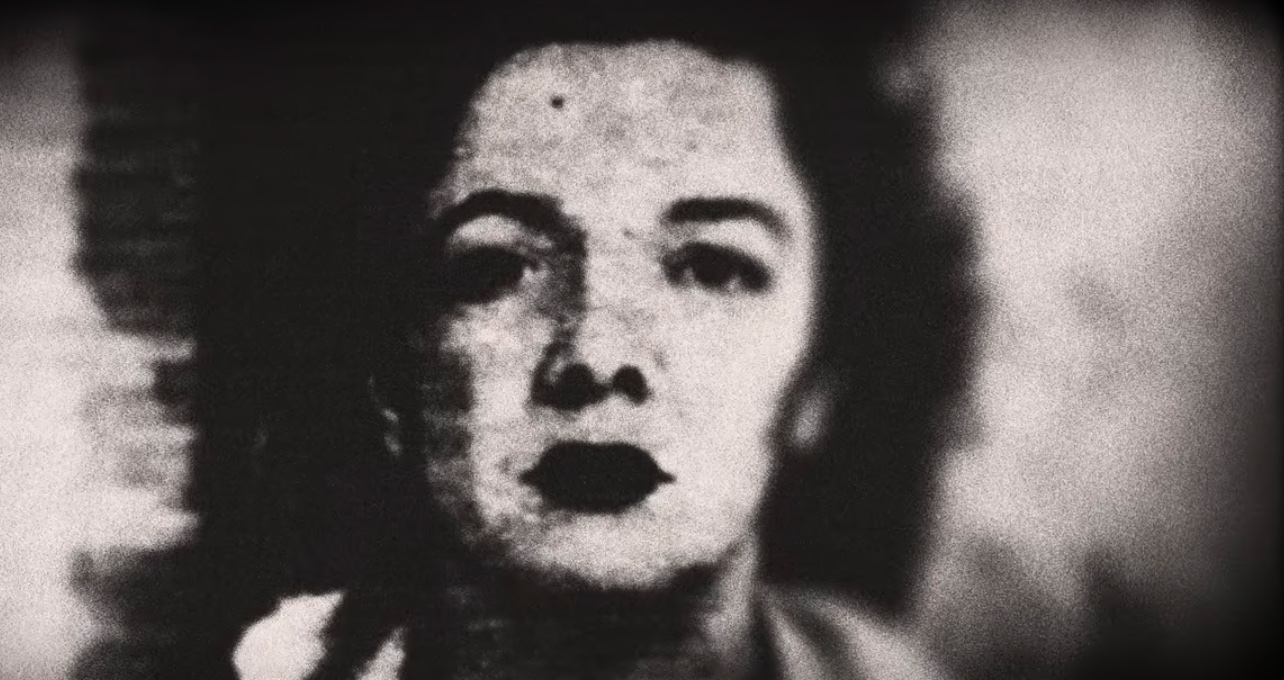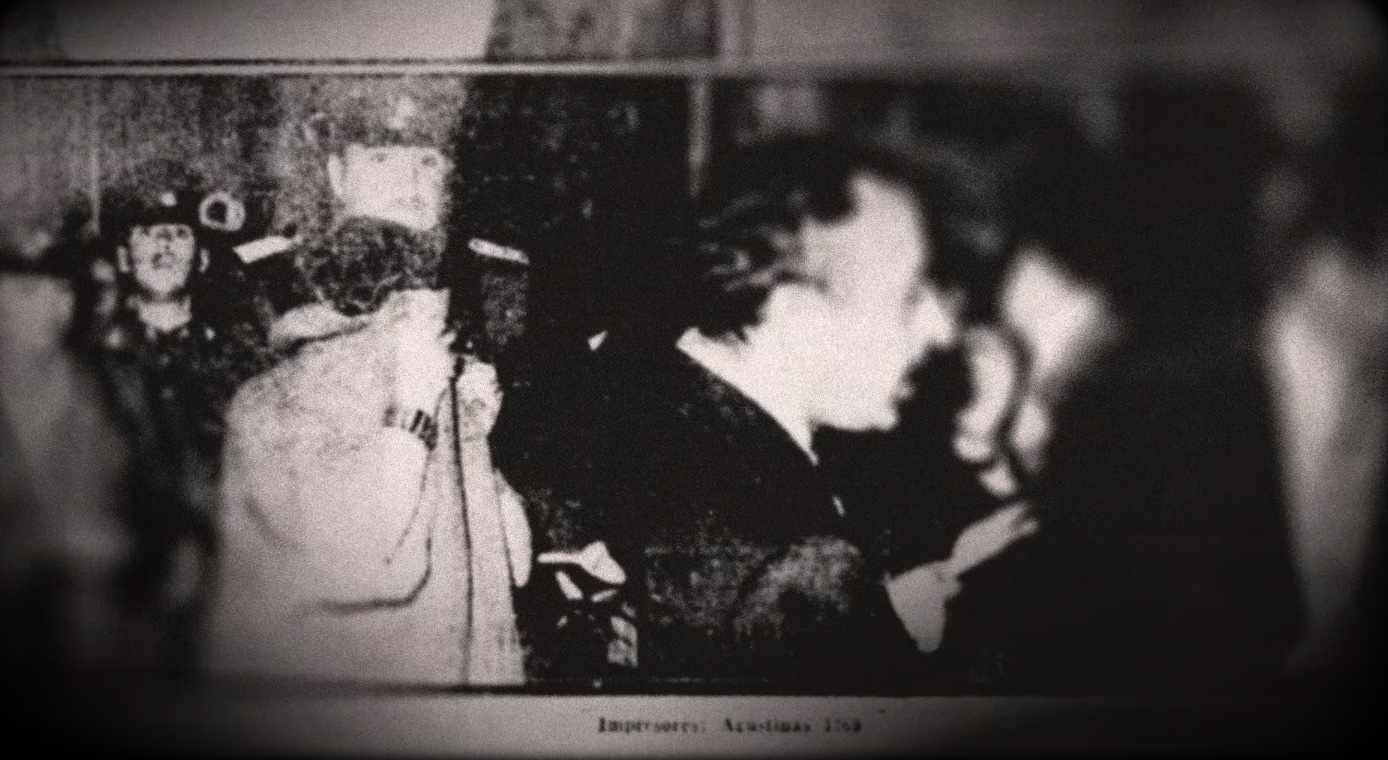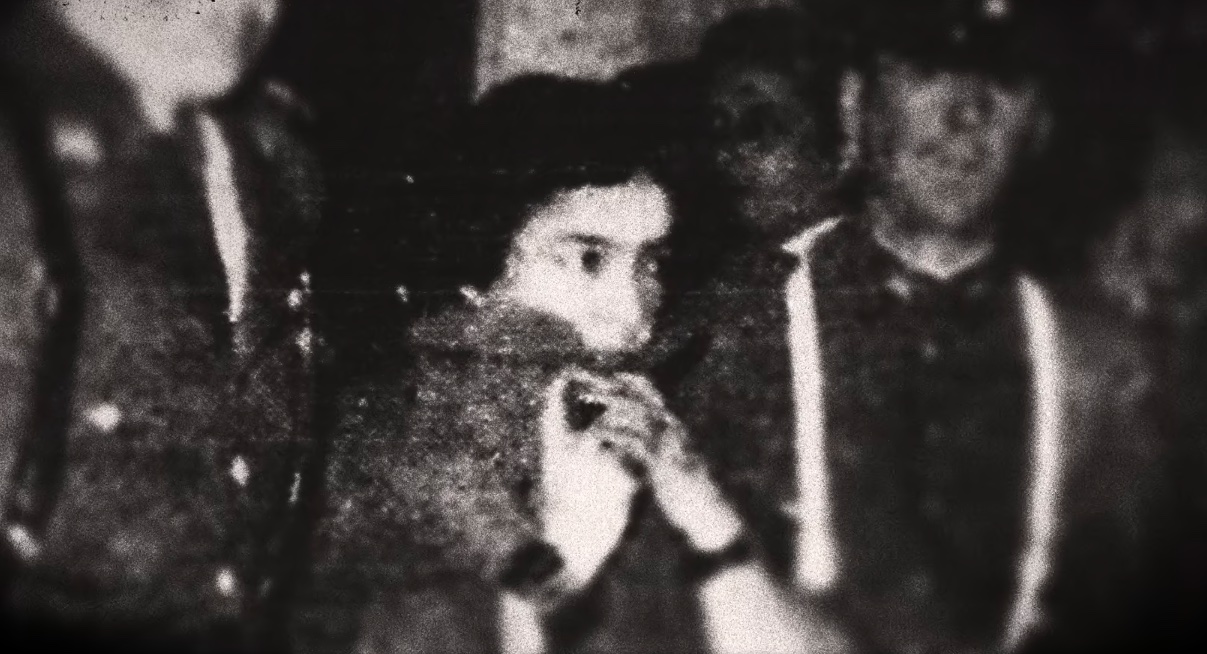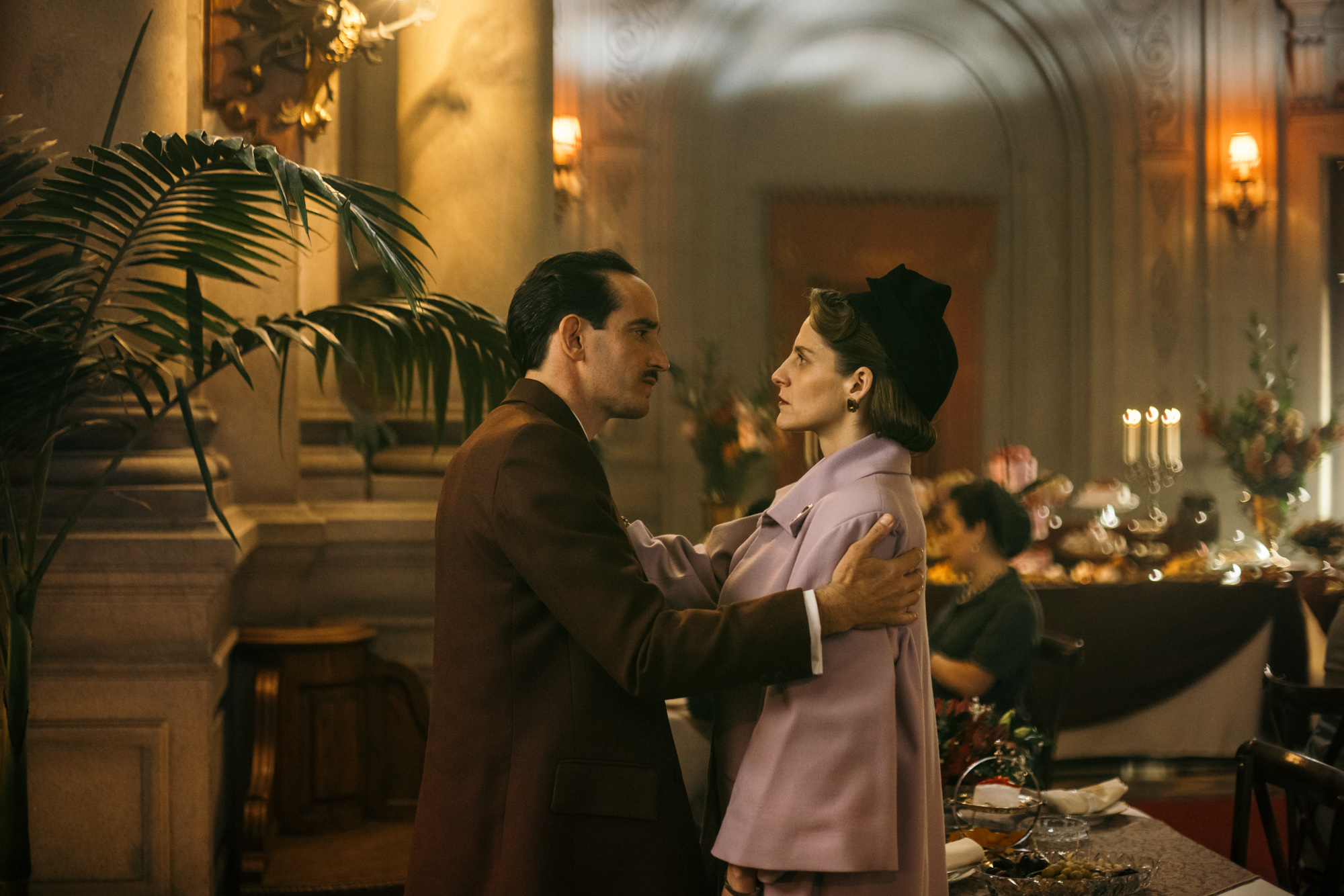Netflix’s ‘In Her Place’ (‘El Lugar de la Otra’) follows the story of Mercedes, whose life takes a significant and unexpected turn after a famous author is arrested for murdering her lover in a hotel. Mercedes, who works as a paralegal at the judge’s office, finds herself drawn to the author’s life and starts sneaking into her apartment, imagining what it must be like to live in her space, wear her clothes, and have the freedom she did before the murder. As Mercedes’ arc takes one unexpected turn after another, the movie also focuses on the journey of the author, María Carolina Geel, whose one crime haunted her for the rest of her life.
María Carolina Geel Was Noted For Her Feminist Works
Born in 1913, María Carolina Geel was the pseudonym used by Georgina Silva Jiménez. Before becoming an author, she worked as a stenographer for the Caja de Empleados Públicos y Periodísticos (the Public and Journalistic Employees Fund), which is also where she met Roberto Pumarino Valenzuela, her lover and eventual victim. While working there, Geel also focused on her writing, eventually adopting it as a full-time profession. Her first novel ‘El Mundo Dormir de Yenia’ was published in 1946, and immediately established her as a writer who was not afraid to break norms. It received mixed reviews, but that wasn’t something Geel wouldn’t witness in her works again.

For the most part, Geel’s works remained quite controversial as she was known to experiment with her narratives while mostly focusing on the female experience and advocating for women’s rights. Her progressive ideas were not met as openly by her readers, considering that Chilean society, at the time, still had a lot of progress to make in that respect. Geel’s next novel came in 1947 as ‘Extraño Estío.’
Her other works — ‘Soñaba y ama el Adolescente Perces’ (1949), El Pequeño Arquitecto (1956), and Huída (1961) — followed over the course of the next decade or so and established her as a leading female voice in Chile. Geel used her position to amplify the voices of other contemporary female writers. She took to literary criticism, publishing ‘Siete Escritoras Chilenas’ (Seven Chilean Writers) in 1949. She also produced several essays and analyses while also contributing to magazines and newspapers. Her articles were featured in the likes of Mercurio, La Crónica, and Atenea.
María Carolina Geel’s Life Was Forever Marred by the Murder
While she had already been a prolific writer, what shot Carolina Geel’s name into infamy was the murder of Roberto Pumarino Valenzuela. Valenzuela, who was 14 years Geel’s junior, had been a married man when they met. She had been married and divorced twice and had a son. A few months into their affair, he left his family for her. It was later reported by the witnesses in her trial that Geel and Valenzuela’s relationship had largely been cordial, and things seemed to have been alright between them. Valenzuela had even proposed to Geel, but she had reportedly refused him five times.

On April 14, 1955, the couple were to dine together at Hotel Crillón. The witnesses later reported that nothing seemed out of sorts between the couple, which is why everyone was shocked when Geel brandished a 6.35-caliber Belgian revolver and shot her lover in the face five times. Pumarino died on the spot, and even in the confusion and chaos of the scene, Geel didn’t try to run away. Reportedly, she stood in her place long enough for the cops and the media to show up. Once the questioning began, Geel is said to have confessed to everything, but when asked why she did it, she had no answer.
It was Geel’s silence on the matter of her motive that caught everyone’s attention and led the world to speculate all sorts of things because she wouldn’t refute their claims. For the most part, it was believed that she may have been suffering from a mental illness. Even the court, defeated by her refusal to talk about the intention behind her actions, submitted her to a psychological analysis. When the doctors backed the media’s claims of Geel not being in the right state of mind, her lawyer tried to use the insanity defense to get her out of prison time. He would have succeeded if it weren’t for Geel writing and publishing a novel, ‘Cárcel de Mujeres,’ while she was in prison.
The prosecution used it as evidence to prove that she was completely sane, throwing the insanity plea out of the window. However, even with that, Geel only received a sentence of three years. By this time, she had already spent about one year of her time in prison. On August 13, 1956, Nobel Prize winner for literature and Geel’s good friend, Gabriela Mistral, wrote to the President on her behalf, asking for her pardon. Eventually, the Chilean president relented, and Geel was pardoned and allowed to return to her life as usual.
María Carolina Geel Took the Secret of the Motive to Her Grave
María Carolina Geel died on January 1, 1996, at 83 years of age. She’d been diagnosed with Alzheimer’s and senile dementia and spent the last few years of her life in a nursing home. However, the few decades following her release from prison were filled with more work, with Geel watering down a lot of her confronting style and becoming notably more neutral in her subject and narrative approach. She was also noted to have moved more towards literary criticism and writing columns and articles for magazines and newspapers, mostly in Atenea. Her last novel, ‘Huída’ came out in 1961.

In 1963, when Marcos Chamudes founded PEC (Politics, Study and Culture), Geel became a contributor to the weekly newspaper and worked there until 1969. In the 1970s, her works appeared in the likes of the newspaper El Cronista. From 1978 to 1980, she worked at El Mercurio. Despite being prolifically devoted to her work, Geel couldn’t do enough to turn the attention away from the murder and towards her literary accomplishments. The question surrounding the “why” of Valenzuela’s murder stuck around, and she was frequently asked about it when she was out of prison.
As intrigued as the public was about it, Geel was more adamant about keeping her secret. No matter how many times she was asked, she would always refuse to answer the question and repeatedly made it clear that she had no intention whatsoever of ever clearing up that mystery. Sure enough, Geel never opened up about the events of that day and what was going on in her mind when she shot Valenzuela and died without ever telling a soul about it.
Read More: Is In Her Place a True Story? Is Mercedes Based on a Real Paralegal?


You must be logged in to post a comment.